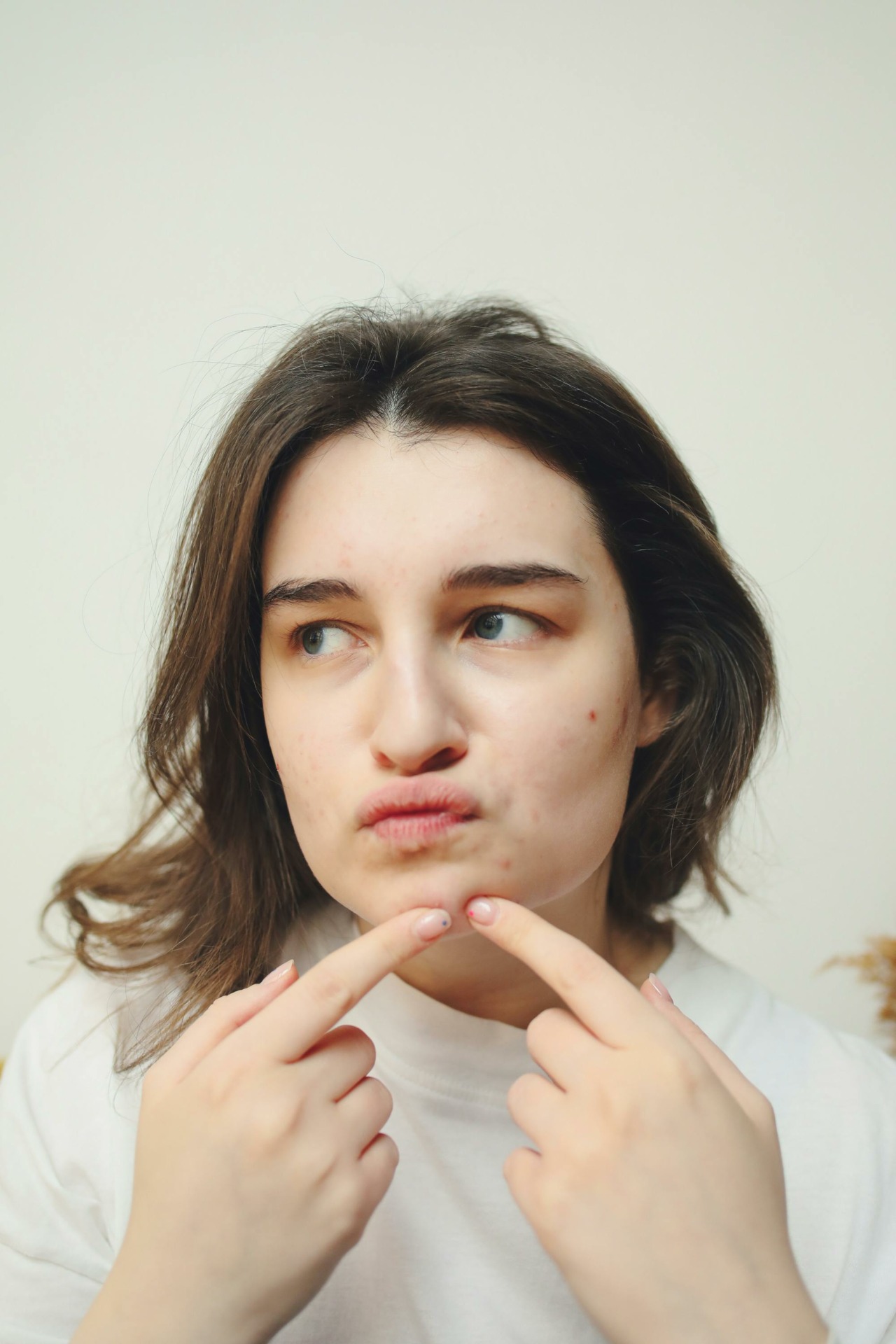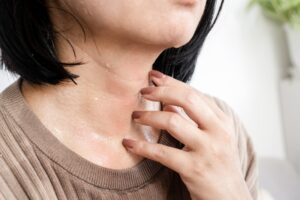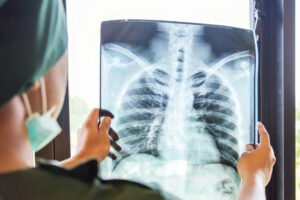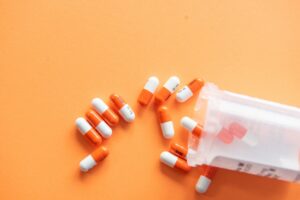Acne is the bane of many a teenager’s life. But this highly visible skin disorder affects adults of all ages, too. Standard medical approaches to treating acne include oral and topical antibiotics, along with a variety of other drugs. Unfortunately, many of these drugs have serious side effects and can take weeks or months to work. That said, acne can be treated safely and effectively with a few dietary and lifestyle changes, and easy-to-use holistic remedies including tea tree oil, apple cider vinegar—and cannabis.
FOLLOW US ON FACEBOOK & INSTAGRAM
What Causes Acne?
Both common acne and the more severe cystic acne are caused by problems with the skin’s sebaceous, or oil-producing, glands. When these glands produce too much sebum, or oil, it can combine with dead skin cells and block pores. Then, opportunistic bacteria including Propionibacterium acnes (P acnes) and Staphylococcus aureus (Staph aureus) begin to grow in the clogged pore.
As the body’s white cells mobilize to attack the bacteria and fight the inflammation, the familiar symptoms of acne appear—red, pus-filled eruptions on the face and other parts of the body. Although most acne outbreaks heal without a trace, severe acne with repeated bouts of inflammation can result in permanent scarring.
The direct cause of acne is hyperactivity in the sebaceous glands, but many factors play a role in triggering the excess production of sebum. Acne can surface because of:
- Naturally oily skin
- Certain digestive problems
- Allergies
- Stress
- Hormonal imbalances due to puberty, menstruation or pregnancy
In many cases, though, the exact underlying causes of acne may be unclear.
RELATED: HOLISTIC WAYS TO EASE DEPRESSION & ANXIETY
Pharmaceutical Treatments for Acne Can Be Risky & Slow to Take Effect
Since so many different things can trigger acne, standard pharmaceutical treatments for skin issues are aimed either at stopping the processes that clog pores or at soothing the red painful lesions that appear on the skin. The different traditional options for people suffering from acne typically include:
- Antibiotics like clindamycin or erythromycin. Usually they’re combined with topical ointments and creams that contain ingredients such as benzoyl peroxide, which can dry up the lesions and reduce redness.
- Retin-A, adapalene (Differin) and tazarolene (Tazorac), which prevent the pores from getting plugged up with dead skin.
- Topical medicines like salicylic acid and azelaic acid to treat inflammation.
- Oral contraceptives and anti-androgen agents, targeting the hormonal factors that can contribute to the production of too much sebum.
All of these medications have side effects ranging from mild skin dryness and reddening to digestive problems and sun sensitivity. But isotretinoin, a medication prescribed for very severe acne, has side effects so severe that users must participate in an FDA-approved risk management program.
Another problem is that many common acne medications can take weeks or months to work. And in severe cases, they may need to be continued indefinitely.
Because these medications are problematic, many people are turning to holistic and alternative approaches such as lifestyle adjustments and natural remedies to treat acne. These strategies can target the same acne-causing pathways that pharmaceuticals do—but without the complications these prescribed medications can often cause.
Holistic Remedies Target Acne’s Source
Natural and holistic approaches to treat acne rely on naturally occurring substances and diet rather than synthetic drugs to reduce inflammation, control oil production and kill bacteria. Low-risk, effective approaches include:
Tea Tree Oil to Prevent Skin Infections
Tea tree oil has considerable antibacterial and antifungal properties, and it’s often used to treat skin inflammation and infection. Some studies indicate that it’s specifically effective against the two strains of bacteria, P acnes and Staph aureus, that affect clogged pores. Look for topical products that contain at least 5% pure tea tree oil and use as often as needed on the skin to reduce the swelling and redness of acne eruptions.
Green Tea to Fight Skin Inflammation
A large body of research confirms that green tea is a powerful antioxidant and anti-inflammatory. Applied topically to acne lesions, it can help reduce the production of sebum and protect against acne-causing bacteria. A variety of green tea-infused creams and ointments are available, but it’s easy to make a green tea wash at home. Steep green tea bags for a few minutes and soak affected areas with the liquid.
Apple Cider Vinegar to Reduce Oil Production & Acne Breakouts
Many people take apple cider vinegar (ACV) as a tonic for their general health. But like green tea, it can help kill bacteria and reduce the inflammation of acne breakouts. Applied topically, the organic acids in apple cider vinegar can reduce oil production and attack acne-causing bacteria in the pores themselves. Dilute ACV with three parts water to one part ACV and apply it to the breakouts with a cotton ball.
Fish Oil to Improve Overall Skin Health
Fish oil is rich in Omega-3 fatty acids, which can help promote general skin health and reduce overall inflammation. These fatty acids, eicosapentaeonic acid (EPA) and docosahexaenoic acid (DHA), can also help regulate the production of sebum and prevent pores from getting clogged. Adding fish to your diet or taking fish oil supplements can add more of these healthy oils to your body to support skin health and reduce acne breakouts.
A Low-Glycemic Diet to Lower Sebum Production
Research suggests that people with digestive problems are more likely to develop acne. High- glycemic foods that cause spikes in insulin levels can also trigger acne outbreaks by causing the body to produce more sebum. Switching to a low-glycemic diet that reduces simple sugars, and cutting down on dairy products, can help reduce the incidence of acne outbreaks.
Cannabis to Boost the Immune System
Cannabis, particularly products high in cannabidiol (CBD), can also help heal acne. The skin’s oil-producing glands are rich in the endocannabinoid receptor CB2. CB2 is associated with immune responses and cell health. For this reason, CBD can help regulate the production of sebum itself. CBD can also support the body’s immune response to bacteria. To get these benefits, consume products that are high in CBD, or apply creams and gels rich in CBD to acne lesions themselves to heal inflammation and redness.
Research suggests that about 85% of people have experienced at least one episode of acne, and some struggle with it for a lifetime. Holistic treatments bypass the risks and side effects of prescription drugs—and by supporting the body’s natural defenses, cannabis leads the way.
If you’re new to cannabis and want to learn more, take a look at our Cannabis 101 post. HelloMD can help you get your medical marijuana recommendation; it’s easy, private and 100% online.






